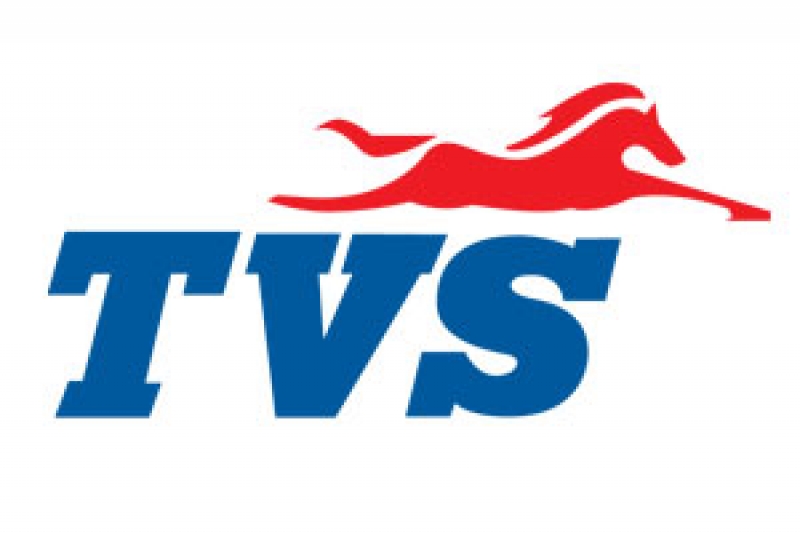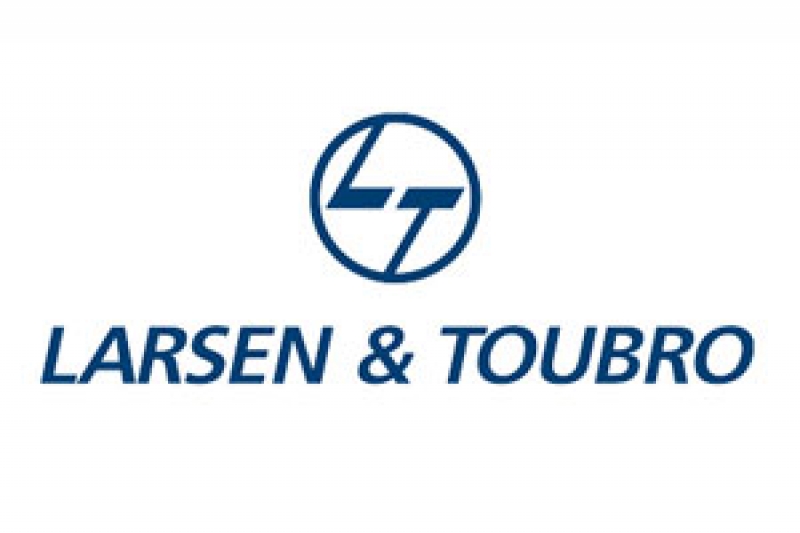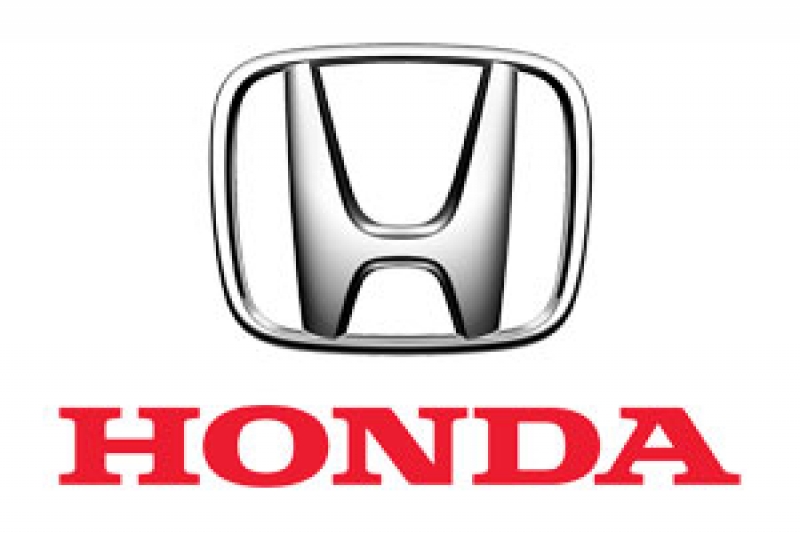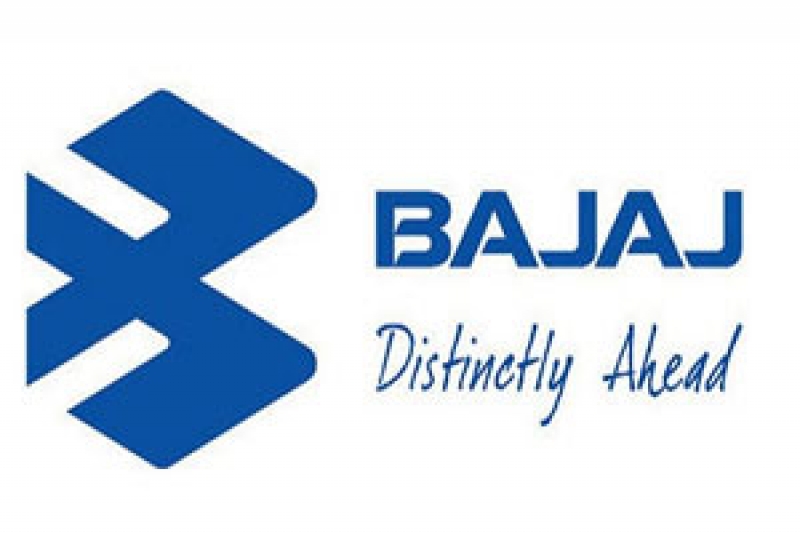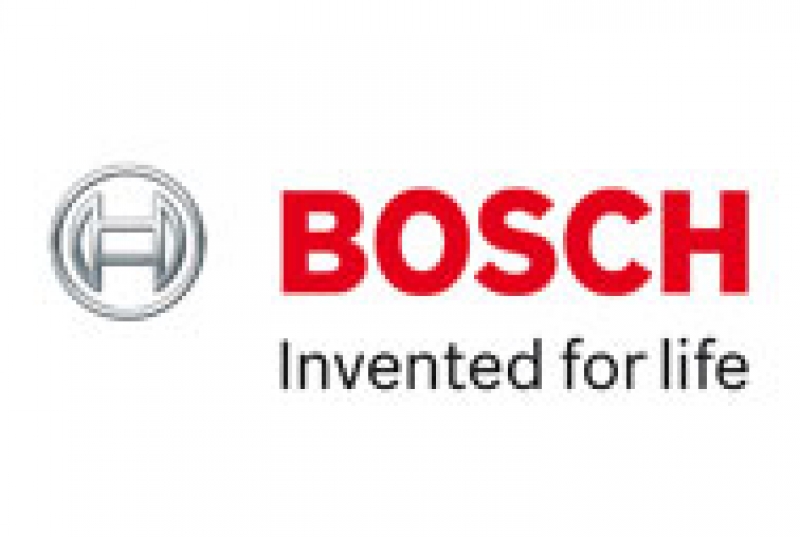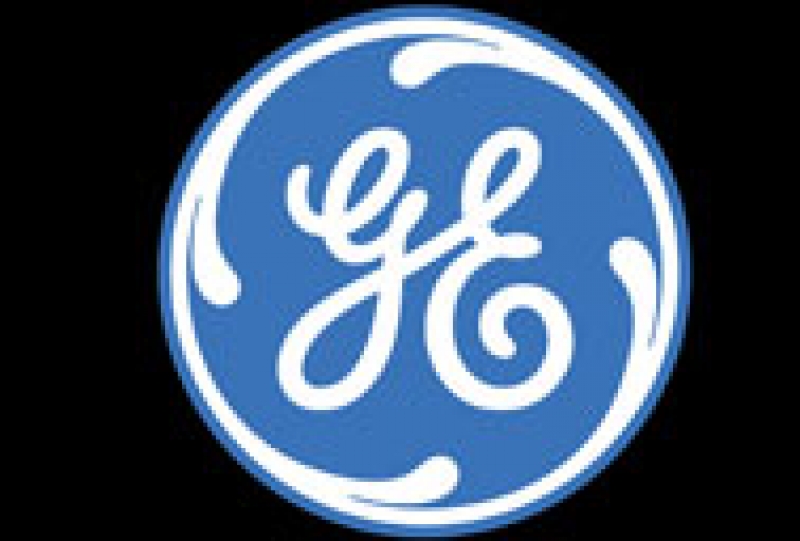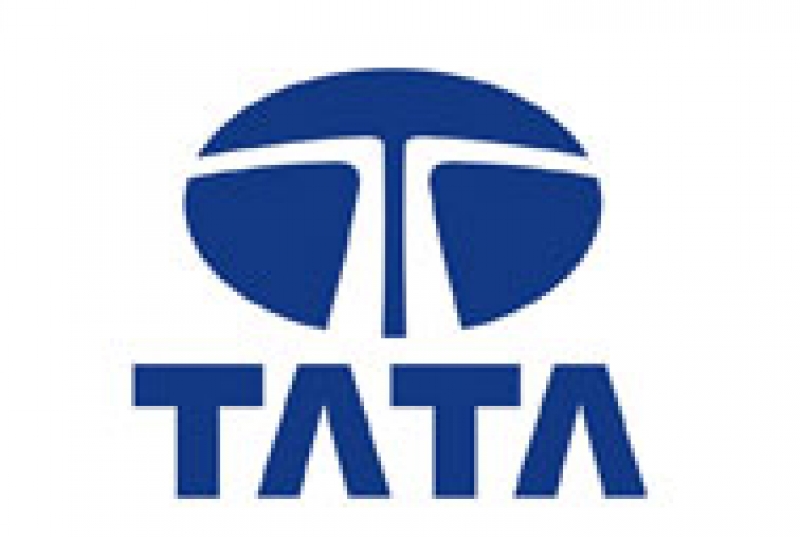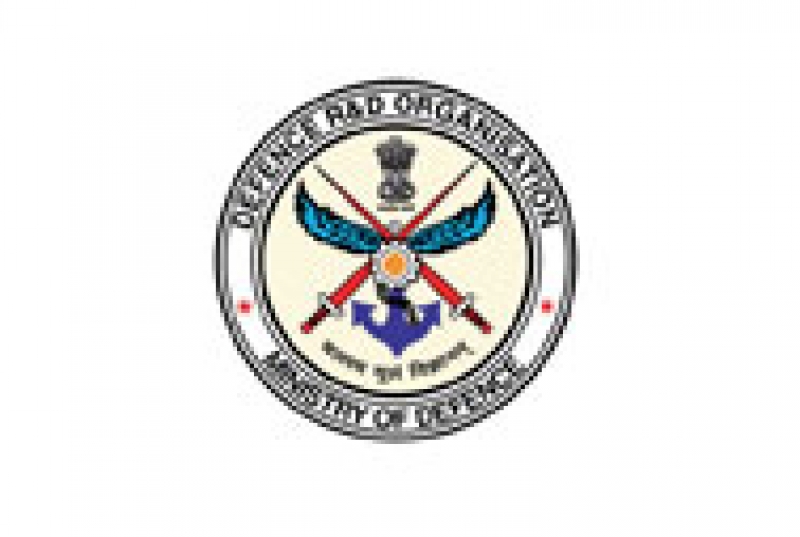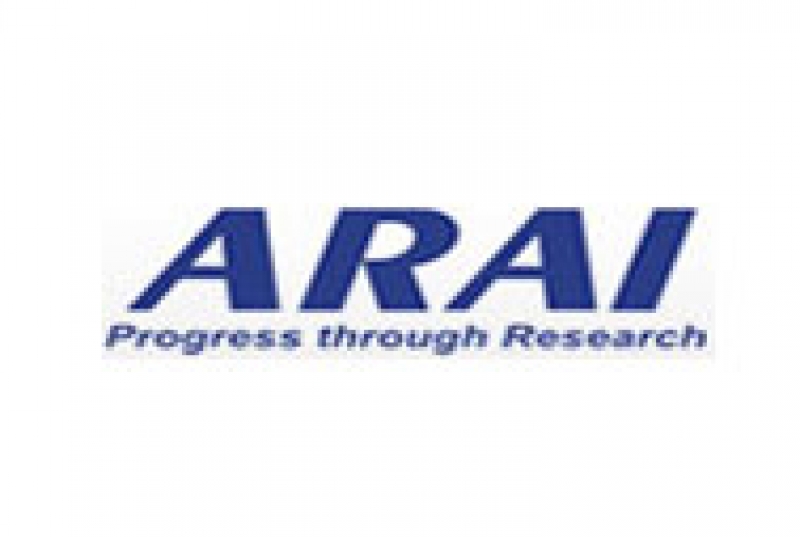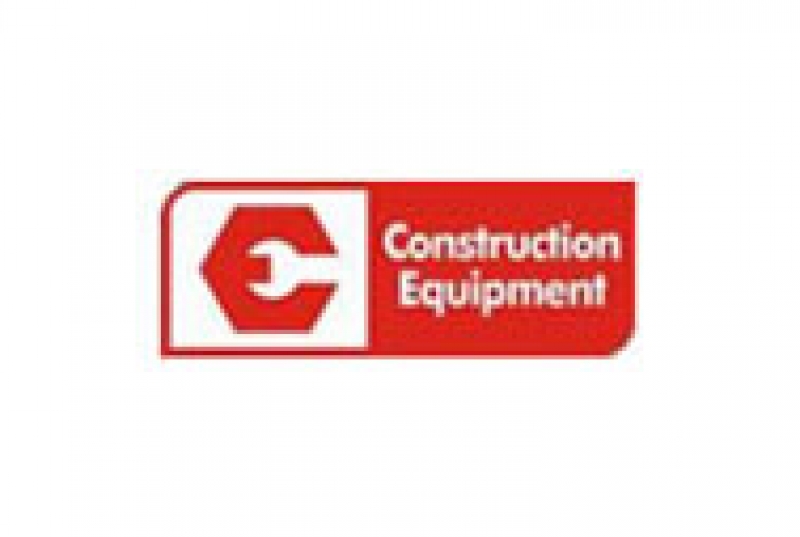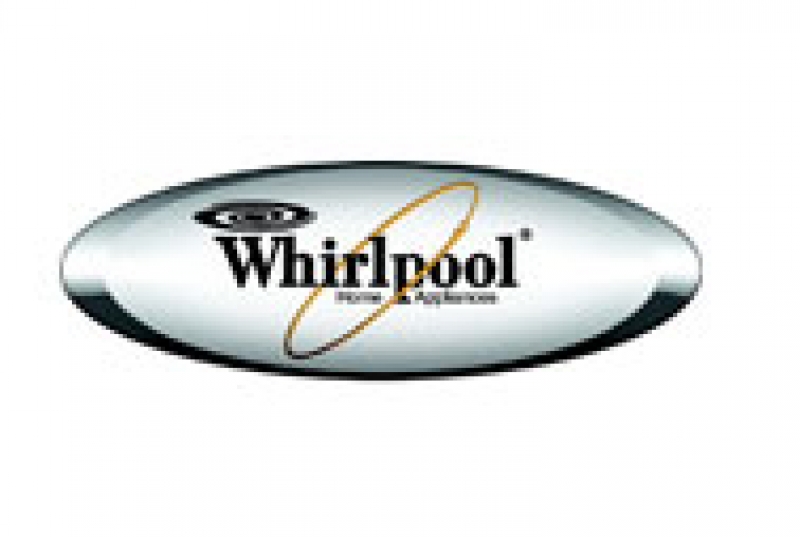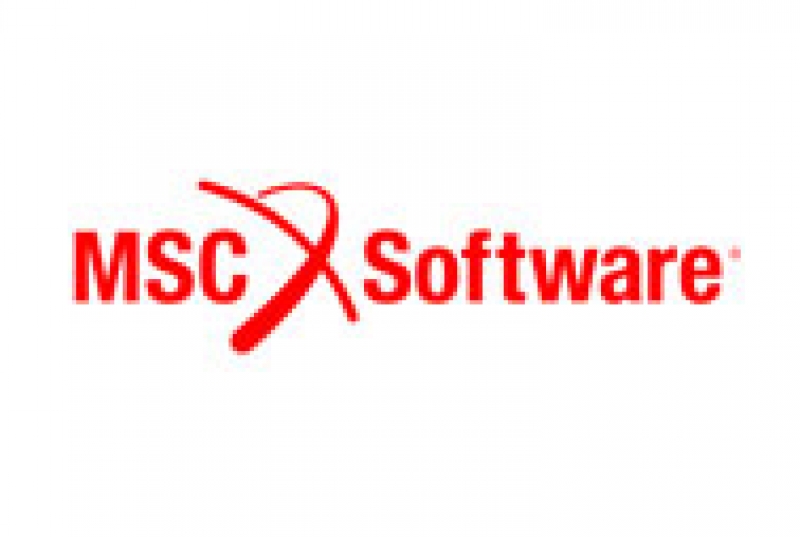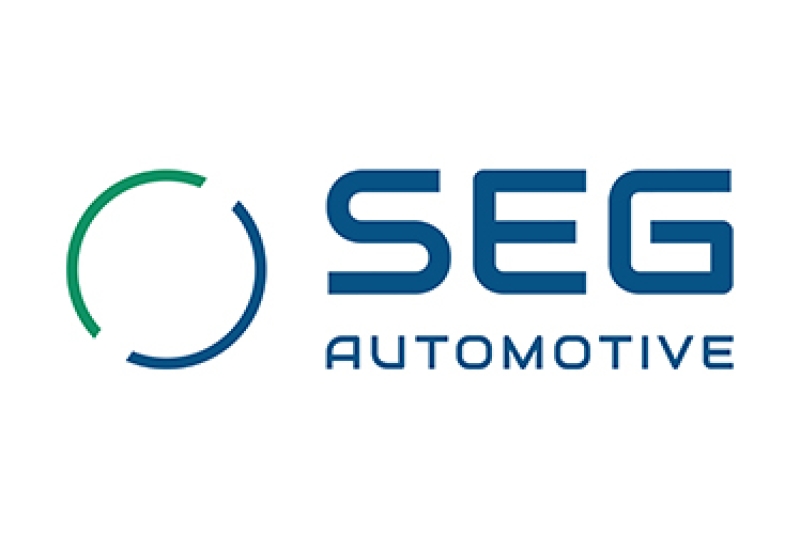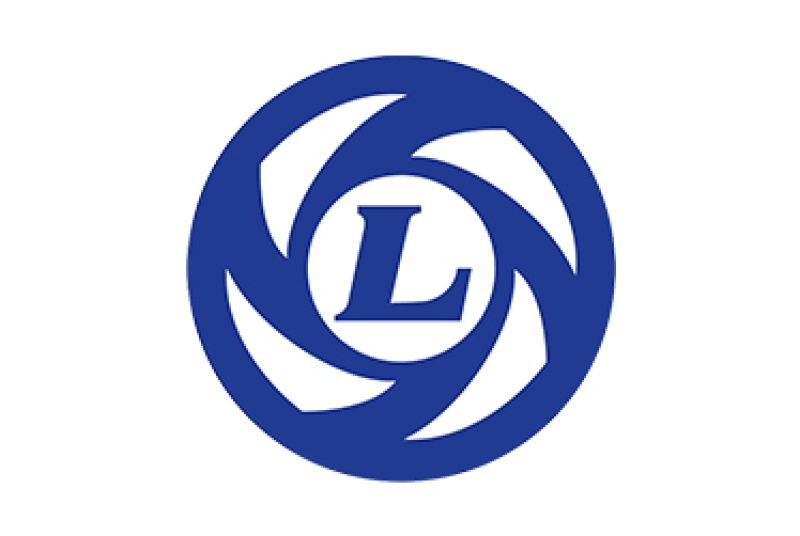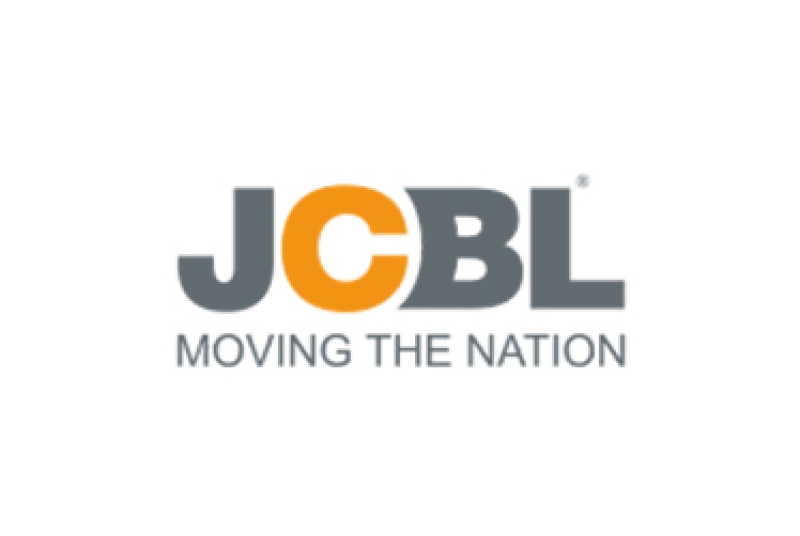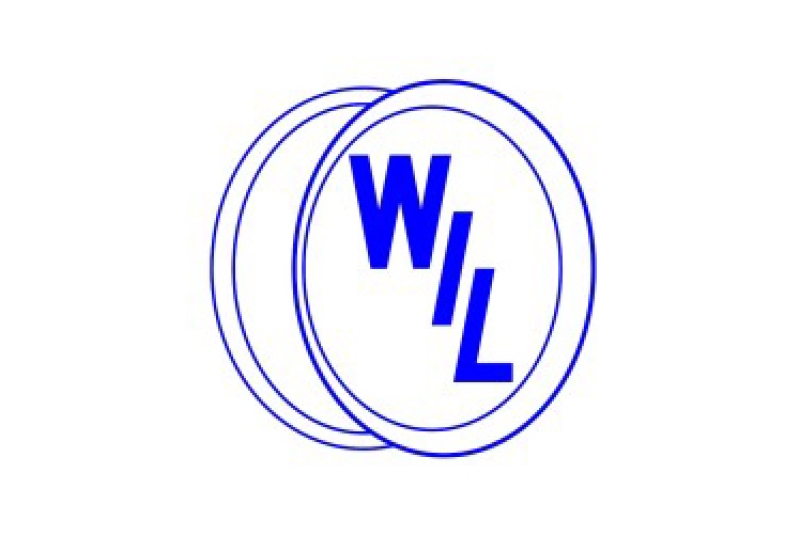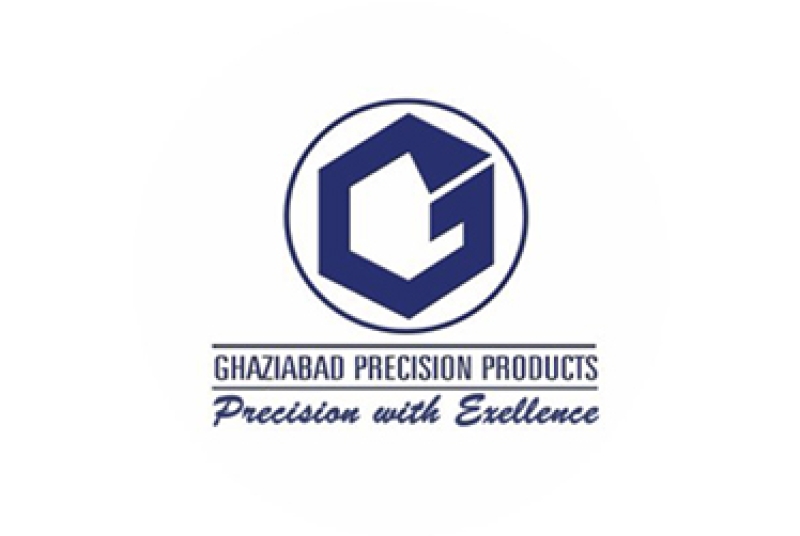"Innovation and Passion has been a core driving force behind our unmatched solution for customer’s challenging demand."
A technology driven company with specialization in Analysis & Simulation, Product Development & Engineering and Method Development for Automotive, Aerospace, Railways, Construction equipment, Machinery and Defense.
We are focused in helping our customers reduce time and costs during the product development cycle by using the most advanced analysis & simulation tools and techniques.

To become a leading, preferred Engineering Service provider by supporting our customer's design through simulation, analysis and virtual prototyping their products

Our mission is to be the preferred vendor for CAE services by consistently exceeding the expectations of our customers in regard to delivery and budget of the project, as well as delighting our customers with our domain knowledge and engineering skills.
Hinode™s core competence lies in its use of Functional Virtual Prototyping to evaluate product performance by:
Product design (Solid Works)
Design Validation by Virtual
–FEA (Ansys, Hypermesh, Optistruct, Radioss)
–MBD (MSC/ADAMS and its verticals)
–CFD
Design Validation by Physical Testing
Method & software development (MSC/Adams, Ansys)
HINODE Technologies specialise in providing services aimed at improving system-level product development speed, efficiency, and quality by streaming product design evaluation and design changes. This typically involves reducing reliance on building, testing, and reworking costly system hardware prototypes to evaluate product design. HINODE Technologies uses Functional Virtual Prototyping to evaluate product performance (motion /handling, vibration, noise, durability, aerodynamic, comfort, safety, power, and heat transfer).
The Dynamic Mechanical System Simulation is one segment of the Functional Virtual Prototyping, where in the focus is to simulate the full range of motion and dynamic performances of a mechanical virtual prototype. This involves using the laws of physics to predict kinematic, static, dynamic, and vibratory behavior of a system model and then making appropriate system parameter changes to attain the desired system response.
